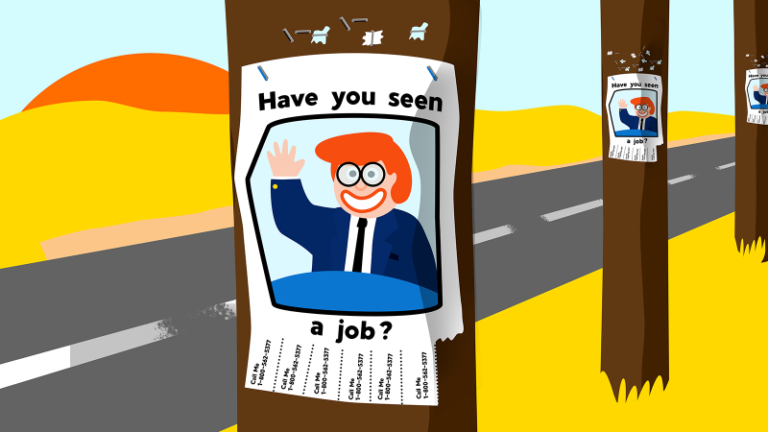
As a sales trainer and observer, I have watched many sales presentations.
Inexperienced sales professionals often tell customers everything they know about their product as if they were being examined at school. The problem is customers donât want to hear everything. They lose interest. Then they buy from a different vendor.
They key is to focus on the customer, not on the product.
Sell The Hole, Not The Drill

Unless youâre selling a luxury product, such as a Rolex watch or a Ferrari, customers do not really want your product. They want what the product can do for them. This is why we say customers buy the hole, not the drill. So how do we apply this to making sales presentations?
The âHookâ

Unless you have been recommended, or you use advertising, you need to attract your customerâs attention. You do that with a âhook.â Mention what your customers usually want, then offer to tell them how they can get it.
Why do most people buy broadband packages? They want to call relatives in remote locations, consume entertainment through streaming services, or work from home.
Ask your customer something like this: âMr. Jones, how much does it cost you to call your daughter in Alaska How about if we could cut that down to only twenty-five dollars a month?â
Suppose youâre selling speech analytics to a bank. Start by asking the contact center manager: âDo you worry about compliance?â Then ask: âWhat percentage of calls do you monitor in an average month?â Follow that up with: âAnd how many non-compliant calls do you think you miss?â
Find Out What They Want

Now you have your customer’s attention. You need to find out what they really want. Look for your customerâs top three requirements. Prepare your questions in advance. You should be able to identify her needs with three or four open questions.
For the broadband scenario, you can ask: âHow many people live in your house other than yourself?â Follow that with: âWhat do they like doing with the internet?â Your final question will be: âSuppose you had the best internet connection in the world. What would you use it for?â
For the speech analytics scenario, you can ask the contact center manager: âHow many contact center agents are there?â âWhat kind of calls do they handle?â âHow do you monitor compliance now?â and âWhat would you investigate if you could listen to every single call that is handled?â
In both cases, your questions will reveal the current situation, the desired future situation, and the size of the solution required.
Now itâs time to tell the customer what you have to offer.
Keyhole Surgery

Surgeons often killed their patients in the past. They made massive incisions into their bodies. The shock and trauma they produced were often deadlier than the problem they were trying to solve.
Inexperienced sales professionals kill just as many deals by telling their customers more than they need to know about their products.
Before starting your presentation, restate their top three needs and confirm your understanding.
Tell the customer âThis is how you can <> with our product.â Then tell, or show, the customer how they can meet the first need with your product. At this point, ask the customer if they have any questions. Stay silent and give the customer a moment to think, and respond.
If they have doubts, itâs better to get them out into the open where you can talk about them.
Questions show interest and engagement. If a customer isnât asking questions, he is probably not interested. This works slightly differently in Asia, where you may find that the questions come later, and from a third party.
Move on to the second need and repeat the procedure. Instead of asking if the customer has any questions, ask what their thoughts are at this stage. Once more, give the customer time to think and respond.
Use the same procedure to talk about the third need. Once you have shown them how your product meets their needs, you can ask them: âHave I met your needs with our product?â Give your customer time to think and react.
The close and objection handling stage are beyond the scope of this article.
Monitoring The âPatientâ

When talking to customers, donât forget to watch them carefully. Donât just listen to the words that they say; listen to and watch how they feel.
How closely are they paying attention? Is the customer listening or looking at his phone?
How would you describe the expression on the customerâs face? Does she seem interested? Does she seem friendly?
Is the customer asking questions? In most parts of the world, an unengaged customer who does not ask questions is not a good sign.
If you are dealing with a âpoker-facedâ customer, look at how closely she is paying attention to you. Is she taking notes? If she is going to ask you detailed questions later through a third party, she will need to listen very carefully to do so.
Wrap-Up
Do you present your products or services to customers? Do you present your ideas to your colleagues? Either way, I hope this article will give you some food for thought. Tell me what you think. How do you present your product/service/ideas?
Further reading…
Learn how to improve your persuasive skills by writing: Why Writing Is The Foundation Of Persuasion
Learn how to build business cases: âWhatâs In It For Me?â The 3-Stage Guide To Answering This Question































